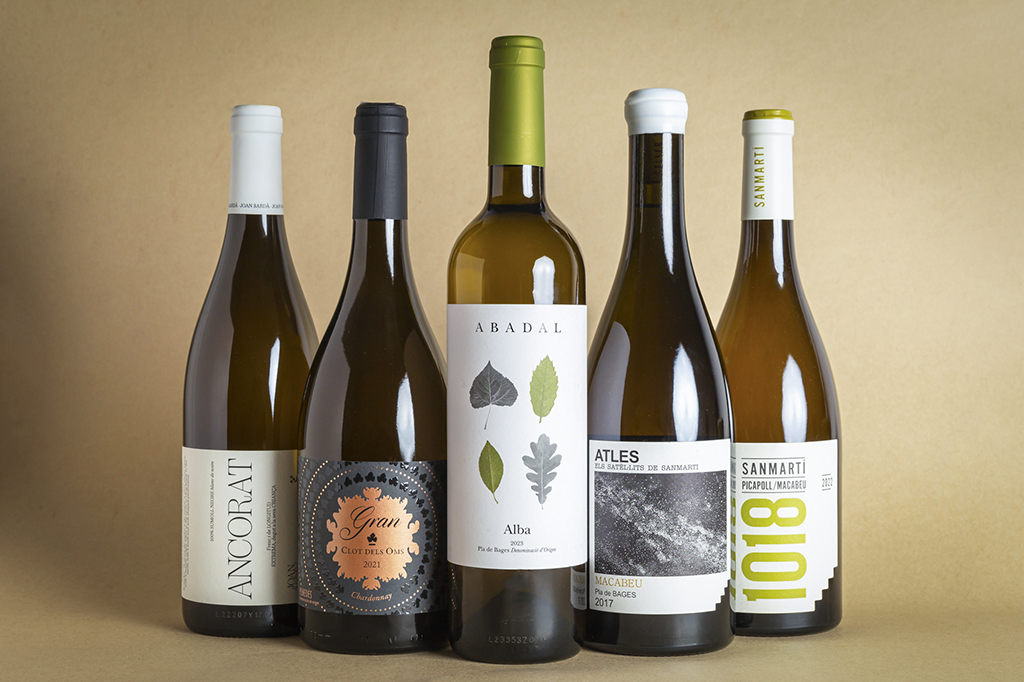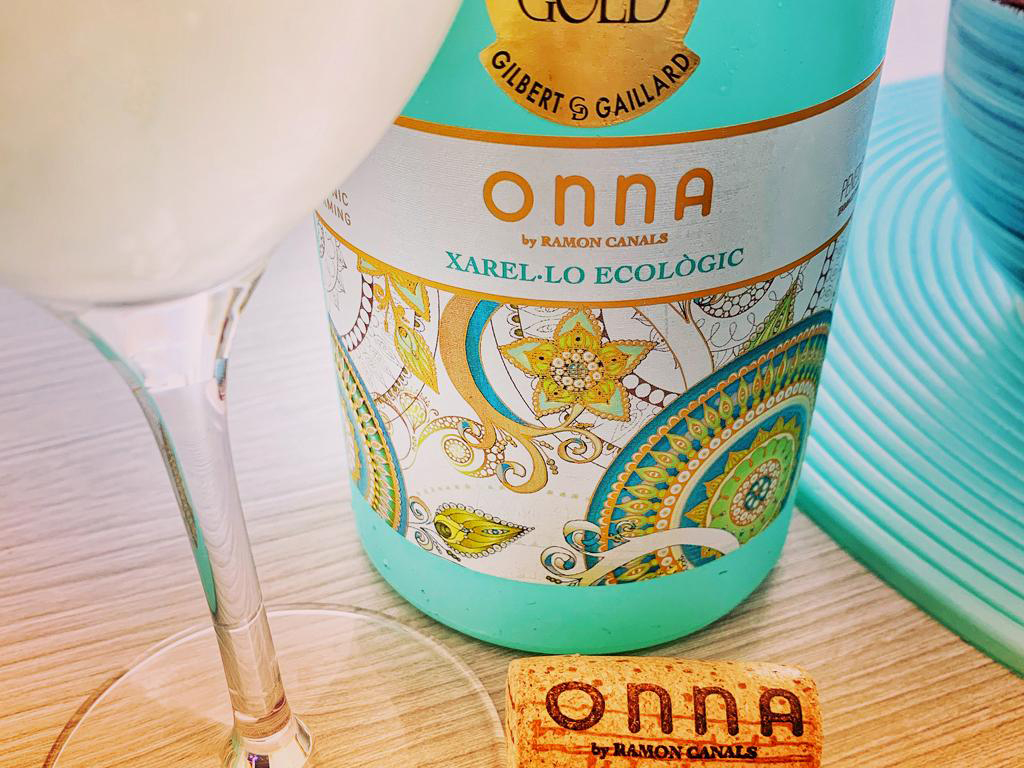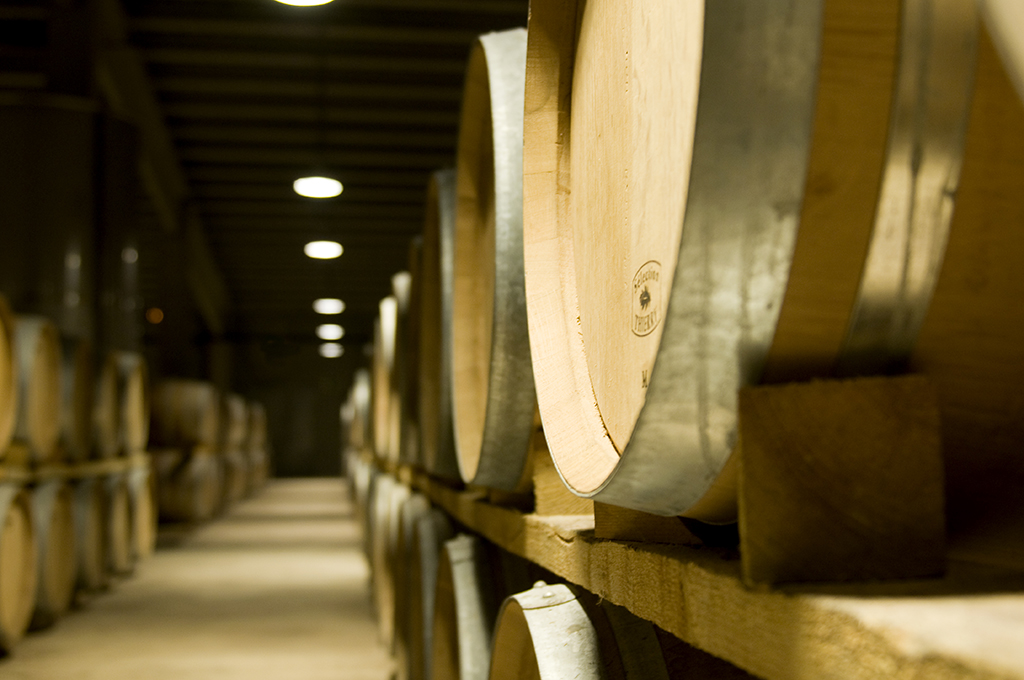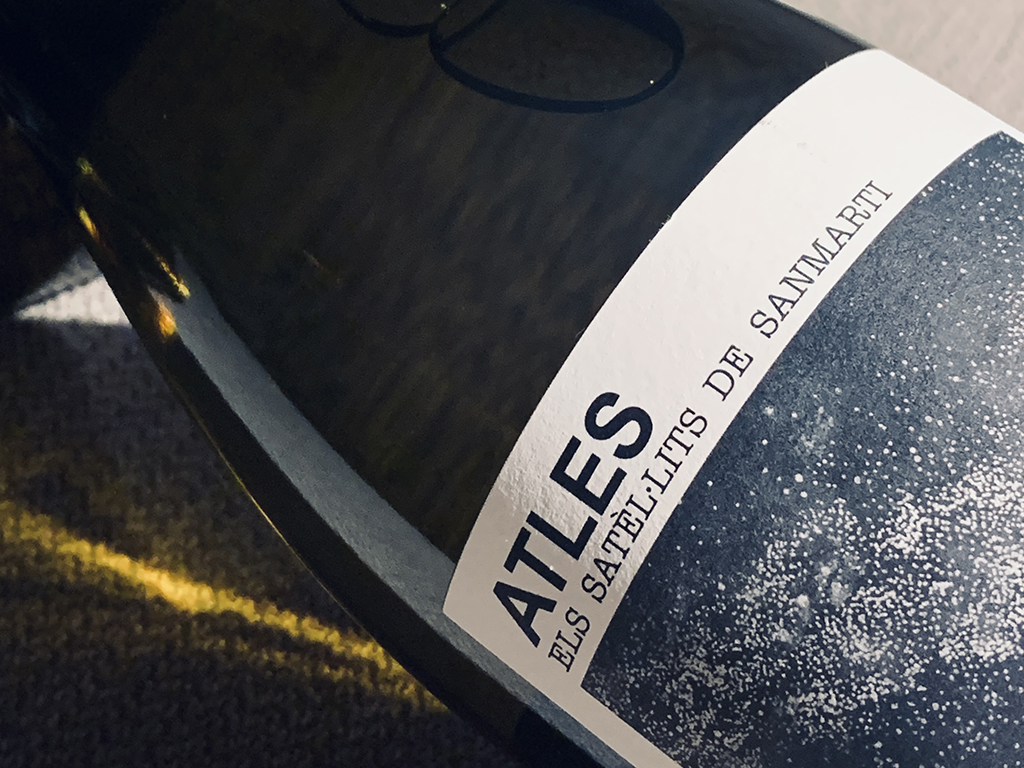5 Myths About White Wine

Often seen as more delicate to its red counterpart, white wine has been a beloved beverage for centuries. However, despite its popularity, there are a number of myths and misconceptions surrounding white wine that can confuse even the most seasoned wine drinkers.
For example, the traditional rule of “White wine for fish and red wine for meat” is not valid or correct today. They do not have to be served very cold, nor do they have to accompany fish, nor are they “white”.
Today, we’re setting things clear by busting some of the most common myths about white wine.
Myth #1. White wine is always sweet
One of the most pervasive myths about white wine is that it’s always sweet. While it’s true that some white wines, like Riesling and Muscat, have a naturally sweet profile, there are many other varieties that are far from sugary.
For example: Chardonnay, Sauvignon Blanc, or the iconic Catalan grape Xarel·lo are some examples of dry white varieties that have little to no sweetness.

Myth #2. White wine should be served ice-cold
While white wines are typically served cooler than reds, serving them at a very cold temperature can actually dull the wine’s flavor, aromatic qualities, and subtler notes, leaving you with a less enjoyable experience.
The ideal temperature
for white wine varies depending on the style: lighter white wines with
high acidity are best served cold (around 7-10°C), while fuller-bodied ones are better enjoyed between 10-13°C.
Myth #3. White wine can't age like a red
White wines are lighter because they do not undergo the typical maceration process as reds do. However, that doesn’t mean white wines can’t age gracefully. In fact, some white wines are known to improve with age, developing complex flavors and rich textures.
If the grape variety is powerful, a white wine can have as much presence as a red wine. That is the case of full-bodied whites elaborated with the Macabeu and the Picapoll varieties, typical from the DO Pla de Bages wine region in Catalonia.

Myth #4. White wine doesn't pair well with rich foods
Another myth that often gets tossed around is that white wine is too light to pair with rich dishes. But in fact, white wine can complement a wide range of foods, including creamy pastas, roasted chicken, and seafood. The key is to choose the right one to balance out the flavors and aromas of the food which is pairing with.
For example, an aged Garnatxa Blanca from the DO Terra Alta pairs beautifully with poultry, while a sharp Xarel·lo can cut through the richness of a goat cheese salad.
Myth #5. White wine is only for summer
White wine, like rosé wine, is often associated with warm weather and summer, but that doesn’t mean it’s exclusively a seasonal drink. In fact, many white wines can be enjoyed all year-round.
Once again, a rich, oaked Macabeu can be a comforting choice for any fall and winter meal, while a crisp Xarel·lo can complement lighter dishes all year around. So, don’t be afraid to pour a glass of white wine, even when the snow is falling outside :)

Conclusion
There are plenty of myths and misconceptions when it comes to white wine, but it is just as diverse, complex, and enjoyable as red wine. Whether you prefer something crisp or with a fuller body, there’s a white wine out there for every moment (and palate).
Check out our wine e-store to find premium white wines from Catalonia elaborated with the best local varieties — you might just discover a new favorite!
Cheers! 🍷
Article by Raïm.lv ©ALL RIGHTS RESERVED.
